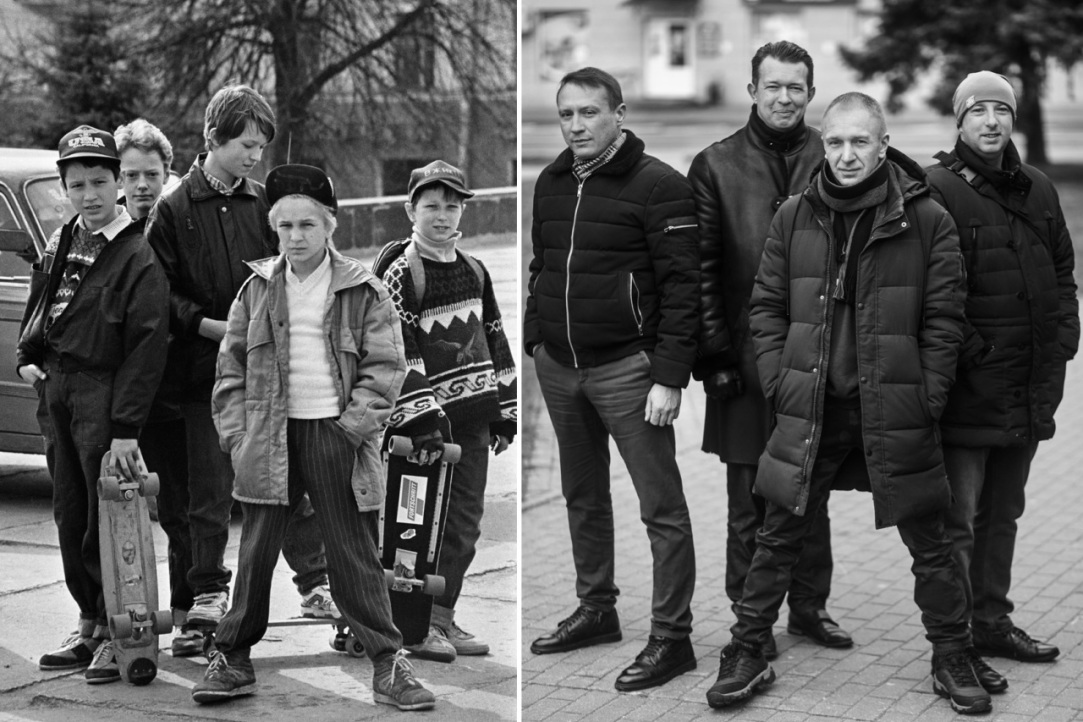
Children of Perestroika Turned out to Be Tougher than Children of the Sixties
Due to the COVID-19 pandemic, people around the world have faced an unprecedented crisis. The cataclysm has impacted Russia as well. Who will better deal the hardships—experienced baby boomers, Gen Xers who survived the 1990s, or Gen Yers who have had an easy life?

How Many Children Is Enough?
Most Russians would like to have two children: a boy and a girl. The others fall between the two extremes of either wanting no children (at least for now) or planning to have three or more. Having a large family is often associated with affluence. The reasons for having another child are many, from wishing to strengthen the family bond and teach older children to care for younger siblings to hoping that the maternity subsidy may help the family improve their housing situation. A HSE demographer used data from a sample of 15,000 respondents to study reproductive attitudes in Russia.

Divorce According to Plan: Who Ends Relationships Most Often—And Why
Citing data from Russia’s largest international sampling study, HSE demographers have shown that women are more likely than men to consider divorce and are more determined to end their marriage. They also found that young couples are more likely to be unhappy with their relationship. The report was prepared for the XXI April International Academic Conference on Economic and Social Development at HSE University.

Growing Up across Generations
Getting an education and a job, leaving the parental home and starting a family are some of the the milestones of growing up. For Russians in their thirties today, these stages do not necessarily follow a pre-set sequence and often overlap. In contrast to their parents, linear and predictable biographies are increasingly rare among Russian millennials, whose lives tend to look more like a patchwork of diverse events than a straight line. Some of these events, especially childbirth, often get postponed until later in life. For young Russians today, having children tends to be the last stage in their own transition to maturity, according to demographer Ekaterina Mitrofanova.
.jpg)
Three to Ten: Why Families Choose to Have More Children, More Often
More than 500 large families in three Russian federal districts were surveyed to explore reasons why couples choose to have many children. Five main patterns were identified, driven by values (partner trust and religious beliefs), socioeconomic circumstances (income and education), and availability of support from extended family and friends.

A Contraceptive Revolution: How Abortion Rates Have Decreased in Russia
Russia has just had a great contraceptive revolution, and it is not over: unwanted pregnancies are more often prevented than terminated. Russians now engage in family planning with more confidence: the number of births is almost equal to the number of pregnancies. On the basis of studies completed by HSE demographers, IQ.HSE examines the Soviet and Russian culture of birth control.

People Are Healthier Now: The Way the Russian Population Feels
Russians have been estimating their general health as better over recent years, and life expectancy has been growing. Meanwhile, Russia is still falling behind EU countries according to this indicator. Alexander Ramonov, researcher from the HSE Institute of Demography, studied the reasons for this.
_(14766938862).jpg)
Reproductive Evolution: How Birth Rates Are Changing in Post-Soviet Countries
Reproductive behavior is modernizing at different rates in post-Soviet countries. Things are changing faster in Russia, Armenia, Georgia and Ukraine, where, over the last fifteen years, the average maternity age has increased and the contribution of women in their thirties to their countries’ birthrates has grown. Meanwhile, old reproductive patterns persist in Azerbaijan, Kazakhstan and Kyrgyzstan, where firstborns are usually born to parents under 30, demographers Vladimir Kozlov and Konstantin Kazenin note in a paper delivered at HSE’s XX April International Academic Conference.
Live Long There and Prosper: How Internal Migration from Small Towns Works
More than half of school graduates in medium-sized Russian cities will change their place of residence either forever or at least for a long time. According a report on internal migration presented by HSE demographers at the XX April International Academic Conference, these people are lost to their cities.

Ageing Europe: Which Parts of Europe Have the Youngest and Oldest Populations?
Demographers have created a detailed colour map of population ageing in European countries; a collection of demographic stories, it uses colour coding to indicate the varying stages of population ageing across Europe. By looking at the map, you can easily spot areas with a higher concentration of older people, countries with the youngest populations and the main destinations for workforce flows. The map's author Ilya Kashnitsky comments on some of the demographic stories it tells.


Registration deadline - April 30